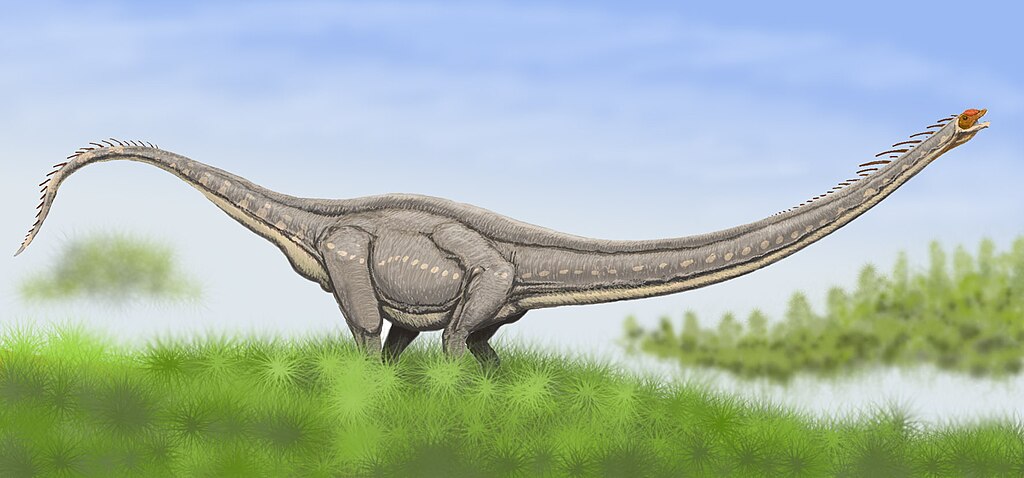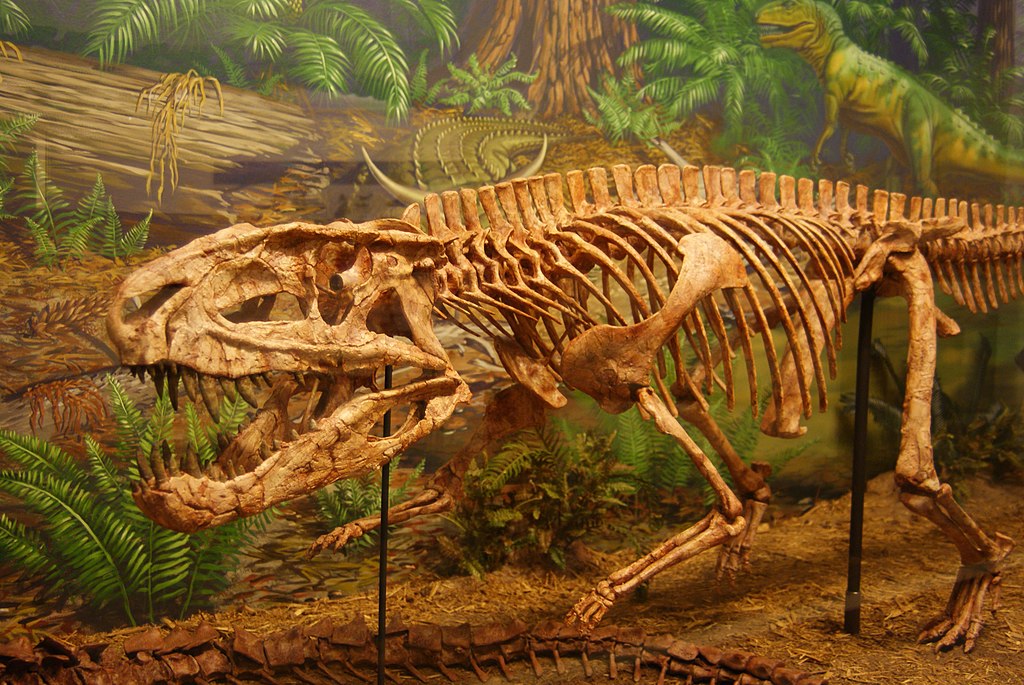The mysterious world of dinosaurs continues to captivate our imagination, with questions about their daily lives remaining largely unanswered through traditional fossil records. Among these fascinating puzzles is how these magnificent creatures slept. Did massive sauropods lie down like elephants? Did predatory theropods curl up like modern birds? The sleeping postures of dinosaurs represent an intriguing area of paleontological research where scientists must piece together clues from fossil evidence, comparative anatomy, and the behaviors of modern relatives. Recent discoveries and advanced research methods have begun to shed light on this intimate aspect of dinosaur life, revealing surprising possibilities about their sleeping habits that connect these ancient reptiles to their modern descendants.
The Challenge of Studying Dinosaur Sleep

Studying dinosaur sleep patterns presents unique challenges for paleontologists. Unlike bones and teeth that readily fossilize, behaviors like sleeping rarely leave direct evidence in the fossil record. Scientists must rely on rare preserved sleeping postures, anatomical clues from skeletal structures, and comparisons with living relatives to conclude. Additionally, the sheer diversity of dinosaurs—from tiny chicken-sized creatures to massive sauropods weighing dozens of tons—suggests there was likely no single sleeping position common to all species. This complexity requires researchers to examine each dinosaur group individually, considering their size, weight distribution, habitat, and evolutionary relationships when theorizing about their sleeping behaviors.
Rare Fossil Evidence of Sleeping Postures
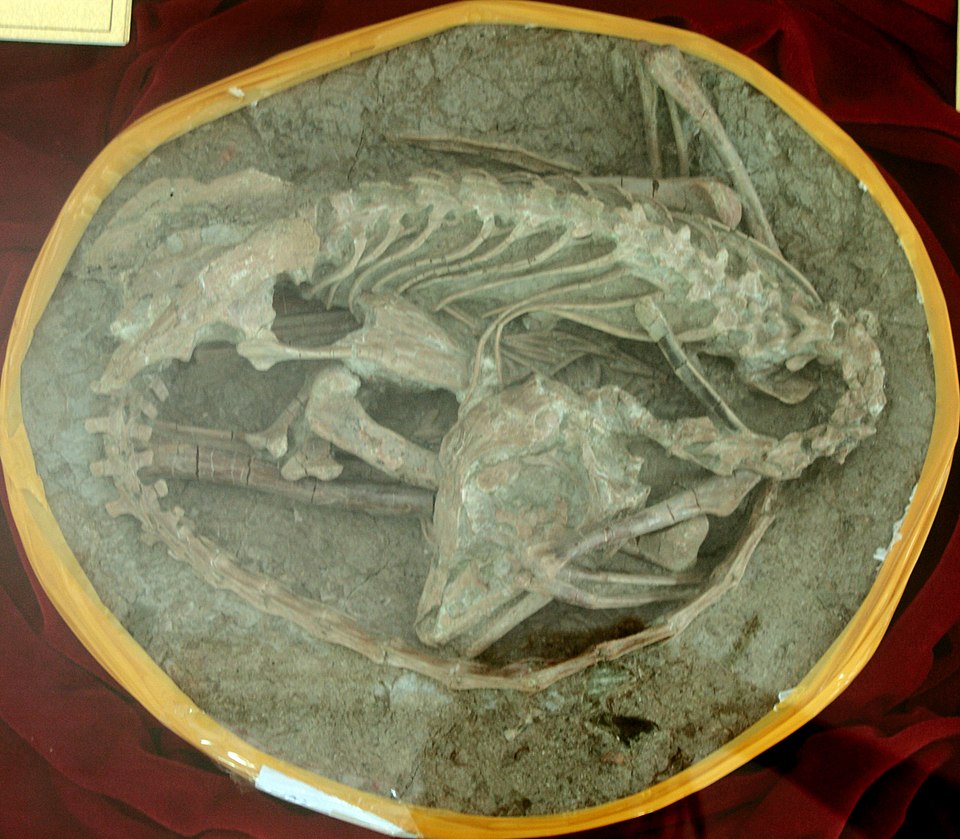
The fossil record occasionally provides remarkable glimpses into dinosaur sleeping positions. One of the most famous examples is the “sleeping dragon” fossil, Mei long, a small troodontid dinosaur discovered in China’s Liaoning Province. This remarkable specimen was preserved in a bird-like sleeping posture, with its head tucked under its arm and its tail curled around its body, strikingly similar to how modern birds sleep. Another notable example is a fossilized Sinornithoides, found in a similar tucked position that suggests it was resting or sleeping when it died. These rare fossils offer direct evidence that at least some smaller, bird-like dinosaurs adopted sleeping postures remarkably similar to their avian descendants, providing crucial data points for understanding dinosaur rest behaviors.
The Bird Connection: Evolutionary Links

Birds, as the living descendants of theropod dinosaurs, provide crucial insights into potential dinosaur sleeping behaviors. Modern birds exhibit diverse sleeping strategies, including unihemispheric sleep (keeping one brain hemisphere alert while the other rests) and the ability to lock their legs in a standing position while sleeping. This evolutionary connection suggests that at least some dinosaurs, particularly the smaller, more bird-like theropods, s—might have slept in positions similar to modern birds. The discovery of fossilized dinosaurs in bird-like sleeping postures strengthens this connection. However, scientists caution that while birds evolved from dinosaurs, not all dinosaur groups would necessarily share identical sleeping behaviors, especially the larger species whose massive weight would create different physiological constraints.
Standing Sleep in Modern Animals
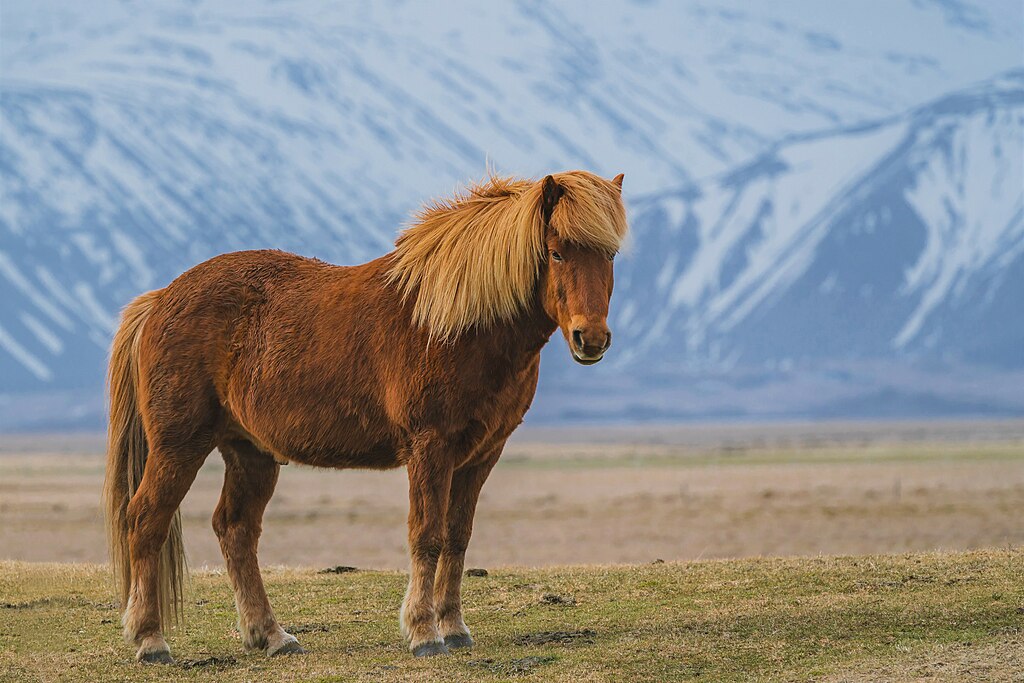
Standing sleep occurs in several modern animals and offers potential parallels for dinosaur behavior. Horses and elephants can sleep while standing through specialized anatomical adaptations, ns—particularly a “stay apparatus” in their legs that locks joints in place, requiring minimal muscular effort to maintain an upright position. Flamingos famously sleep standing on one leg, conserving body heat and energy. These examples demonstrate that standing sleep is not only possible but can be advantageous for certain animals. For dinosaurs, particularly the larger species, standing sleep might have offered similar benefits: reducing the energy required to stand up from a lying position, maintaining vigilance against predators, and regulating body temperature. These modern examples provide plausible models for how some dinosaur groups might have rested.
Biomechanical Considerations for Large Dinosaurs
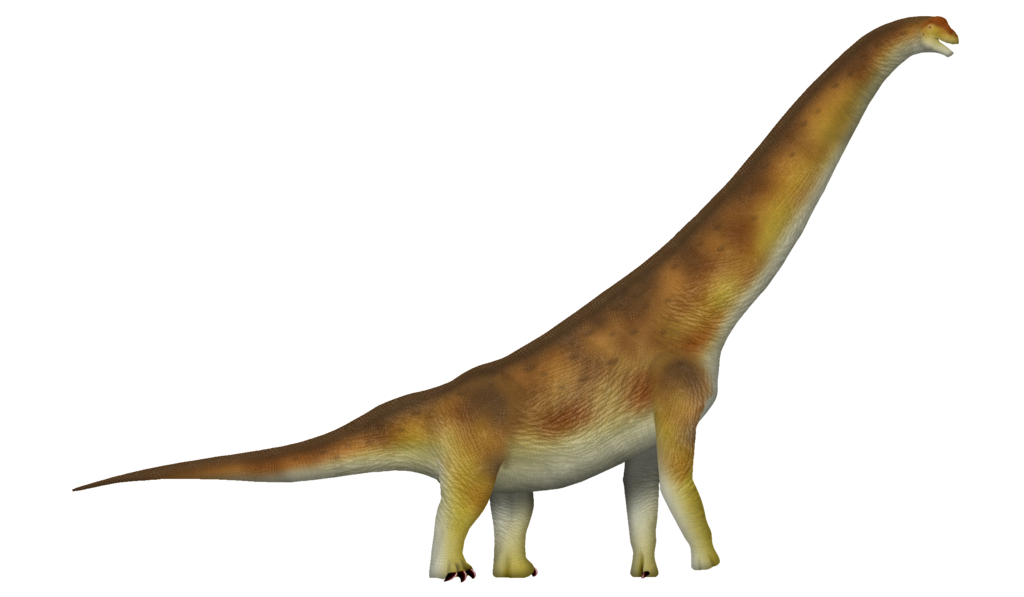
The enormous size of many dinosaurs introduced unique biomechanical challenges that likely influenced their sleeping positions. For massive sauropods like Brachiosaurus or Diplodocus, which could weigh upwards of 50 tons, lying down and standing up would require tremendous energy expenditure and potentially stress their cardiovascular systems. Some paleontologists propose that these giants might have slept standing up, using locked joints similar to those in modern elephants but more specialized for their extreme weight. Others suggest they might have rested against trees or inclines, reducing the energy needed to return to a standing position. Biomechanical models examining dinosaur anatomy, particularly their limb structure and joint capabilities, help scientists evaluate which sleeping positions would have been physically feasible for different dinosaur groups.
Theropod Dinosaurs and Bird-Like Sleep
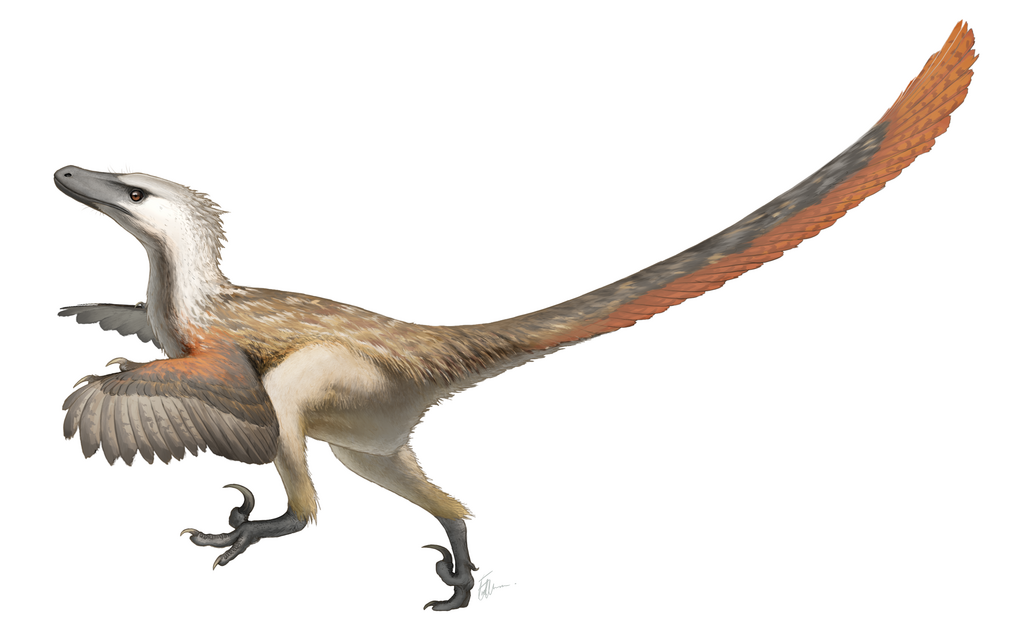
Theropod dinosaurs—the group including Velociraptor, Tyrannosaurus, and the direct ancestors of birds—show the strongest evidence for bird-like sleeping postures. Multiple fossil specimens of smaller theropods have been found in the characteristic tucked position seen in modern birds, with their heads resting on their limbs and tails curled around their bodies. The anatomy of theropods increasingly resembled birds as they evolved, with many developing feathers and lightweight skeletons. These adaptations suggest they likely shared behavioral traits as well, including sleeping positions. For medium-sized theropods, researchers speculate they might have slept in a crouched position, balancing between the bird-like postures of their smaller relatives and the biomechanical constraints of their larger bodies.
Did Dinosaurs Experience REM Sleep?

The question of whether dinosaurs experienced REM (rapid eye movement) sleep adds another dimension to understanding their sleep patterns. REM sleep, characterized by rapid eye movements and dreaming in mammals, occurs in both mammals and birds but in different ways. Since birds are dinosaur descendants, it’s plausible that some form of REM sleep existed in their dinosaur ancestors. Brain structure can provide clues about sleep capabilities, but dinosaur brain tissue rarely fossilizes. Scientists study endocasts—impressions of brain cavities in fossil skulls—to estimate brain structure and potential sleep functions. Recent research suggests that dinosaurs likely experienced some form of sleep cycles, though their specific nature might have differed from modern animals due to their unique physiology and evolutionary position.
Sauropod Sleep: The Standing Giants

The sleeping habits of sauropod dinosaurs—the long-necked giants like Brachiosaurus and Apatosaurus—remain particularly challenging to determine. Their massive size, some exceeding 70 feet in length and weighing as much as 70 tons, created unique physiological constraints. Some paleontologists theorize that sauropods likely slept standing up, using locked leg joints to maintain their position with minimal muscular effort, similar to but more specialized than horses. Others suggest they might have slept lying down but in short intervals to avoid prolonged pressure on their internal organs. A third hypothesis proposes that they might have rested in water, allowing buoyancy to support their enormous weight. Without direct fossil evidence of sleeping sauropods, these theories remain speculative but are informed by biomechanical analysis and comparisons with modern megafauna.
Ornithischian Dinosaurs: Diverse Sleeping Strategies

Ornithischian dinosaurs, including Triceratops, Stegosaurus, and hadrosaurs, likely exhibited diverse sleeping strategies reflecting their varied body plans. Unlike theropods, ornithischians were predominantly herbivores with heavier builds and different limb structures. Smaller ornithischians probably rested lying down, as their body size would make this position energetically feasible. Medium-sized species might have alternated between standing and lying positions depending on circumstances. Ceratopsians like Triceratops, with their heavy heads adorned with horns and frills, potentially slept in a sphinx-like position with their heads slightly elevated. Armored dinosaurs such as ankylosaurs and stegosaurs, with their defensive plates and spikes, would have had additional considerations for comfortable and safe resting positions that protected their specialized anatomy while allowing necessary rest.
Environmental Influences on Dinosaur Sleep
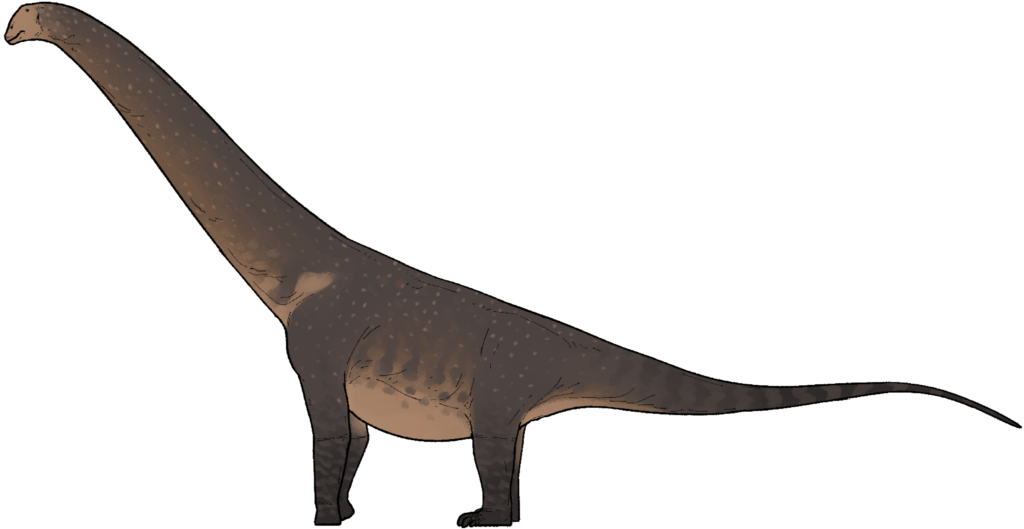
The diverse environments dinosaurs inhabited likely influenced their sleeping behaviors significantly. Dinosaurs living in predator-rich environments might have evolved vigilant sleeping strategies, including standing sleep or unihemispheric sleep similar to modern birds and marine mammals. Forest-dwelling dinosaurs might have utilized trees for protection or support during rest. Desert-dwelling species potentially adopted nocturnal behaviors, sleeping during hot days and becoming active at night when temperatures dropped. Polar dinosaurs, which lived through months of darkness and light at high latitudes, would need specialized sleep patterns to adapt to these extreme photoperiods. Climate also played a role—cold-adapted dinosaurs might have slept in groups for warmth, while those in tropical environments could have rested in more exposed positions to dissipate heat.
Modern Technology Illuminating Ancient Sleep
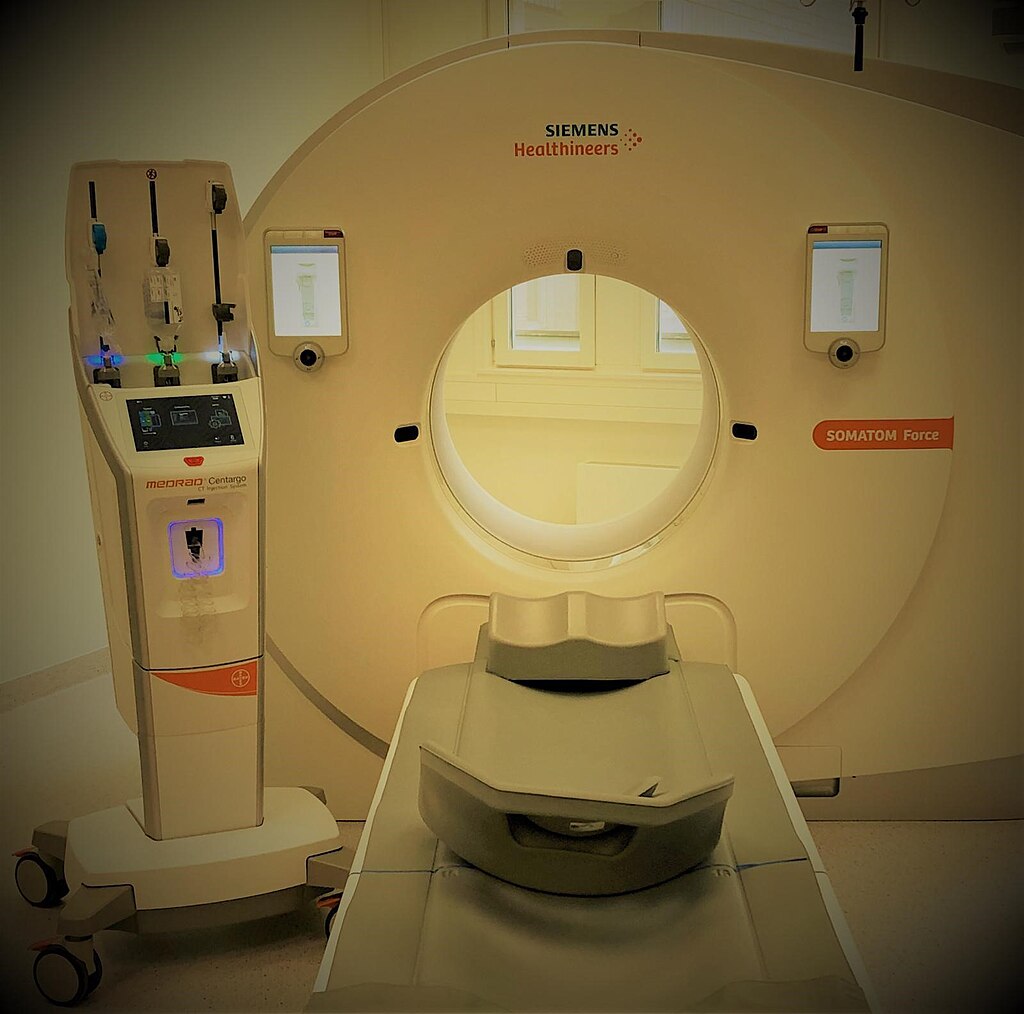
Advanced technologies are revolutionizing our understanding of dinosaur behaviors, including sleep. CT scanning allows paleontologists to examine the internal structures of fossils without damaging them, revealing details about brain cases that might indicate sleep capabilities. Computer modeling can simulate the biomechanics of dinosaur movement and rest, testing the physical plausibility of different sleeping postures based on joint mobility and muscle attachments. Evolutionary developmental biology compares genetic pathways in modern animals to infer traits in extinct relatives, potentially including sleep regulation. Sophisticated analysis of trace fossils—marks left by dinosaur activity—occasionally reveals impressions that might represent resting areas. Together, these technologies are gradually filling gaps in our knowledge, providing increasingly evidence-based hypotheses about how dinosaurs might have slept.
The Evolution of Sleep in the Dinosaur Lineage
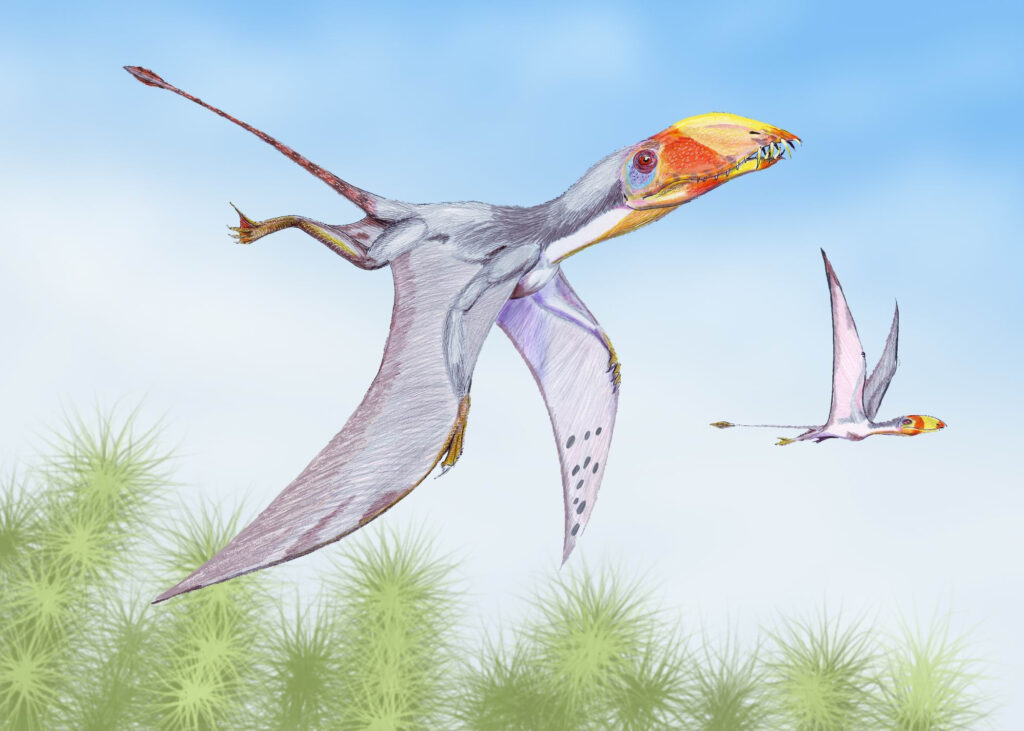
Sleep itself evolved long before dinosaurs appeared, but the dinosaur lineage likely saw significant adaptations in sleep patterns over time. Early archosaurs—the group including dinosaurs, pterosaurs, and crocodilians—probably exhibited sleep patterns similar to modern reptiles, with less distinct sleep stages than mammals. As dinosaurs diversified and some lineages became warm-blooded, their sleep likely became more complex, potentially developing more mammal-like or bird-like characteristics. The evolution of endothermy (warm-bloodedness) in certain dinosaur groups would have necessitated deeper, more restorative sleep to support higher metabolic demands. The theropod lineage leading to birds shows clear evidence of increasingly bird-like sleep adaptations, culminating in the sophisticated sleep patterns seen in modern birds, including unihemispheric sleep and the ability to sleep while standing.
What Dinosaur Sleep Tells Us About Their Lives

Understanding how dinosaurs slept provides valuable insights into their broader biology and ecology. Sleep positions can indicate vulnerability to predation—dinosaurs that slept standing might have faced significant predatory pressure, while those resting in more exposed positions might have had fewer natural enemies. Sleep adaptations also reflect metabolic needs—the postures that optimize rest for cold-blooded versus warm-blooded animals differ significantly. Social behavior might be revealed through sleep patterns, with some species potentially sleeping in groups for protection or warmth. Additionally, sleep positions can indicate cognitive capabilities, as more complex sleep cycles generally correlate with higher cognitive functions. By studying the intersection of anatomy, environment, and behavior related to sleep, paleontologists gain a more complete picture of dinosaurs as living, breathing animals rather than merely fossilized remains.
Conclusion
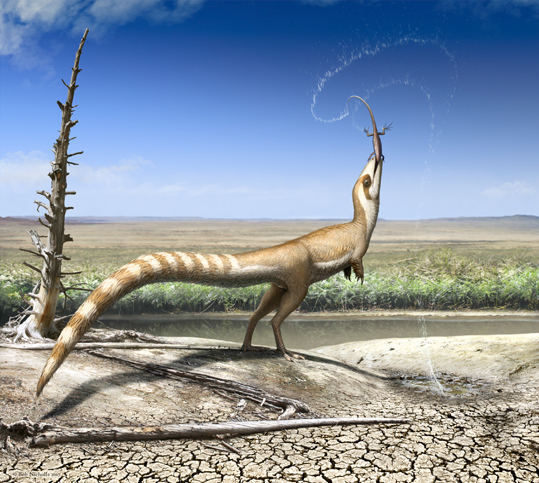
The question of how dinosaurs slept—whether standing like some birds or lying down like many mammals—reveals the fascinating complexity of these ancient creatures. The evidence suggests there was no single answer; different dinosaur groups likely adopted various sleeping strategies based on their size, anatomy, and ecological niches. Smaller theropods almost certainly slept like their bird descendants, while massive sauropods may have developed unique adaptations for resting their enormous bodies. As paleontological techniques continue to advance, we move closer to understanding these intimate details of dinosaur biology, painting an increasingly vivid picture of how these remarkable animals lived and rested. What remains clear is that dinosaur sleep, far from being a simple matter, represents a sophisticated adaptation that evolved over millions of years to meet the specific needs of these diverse and successful creatures.

